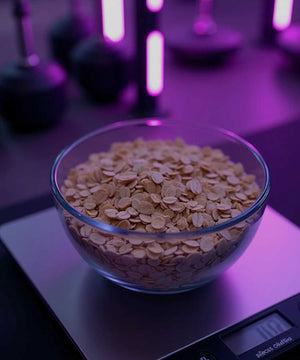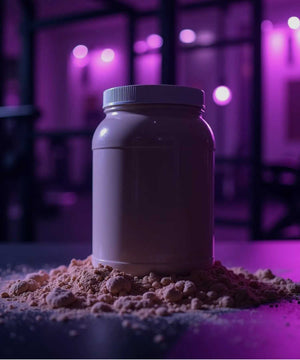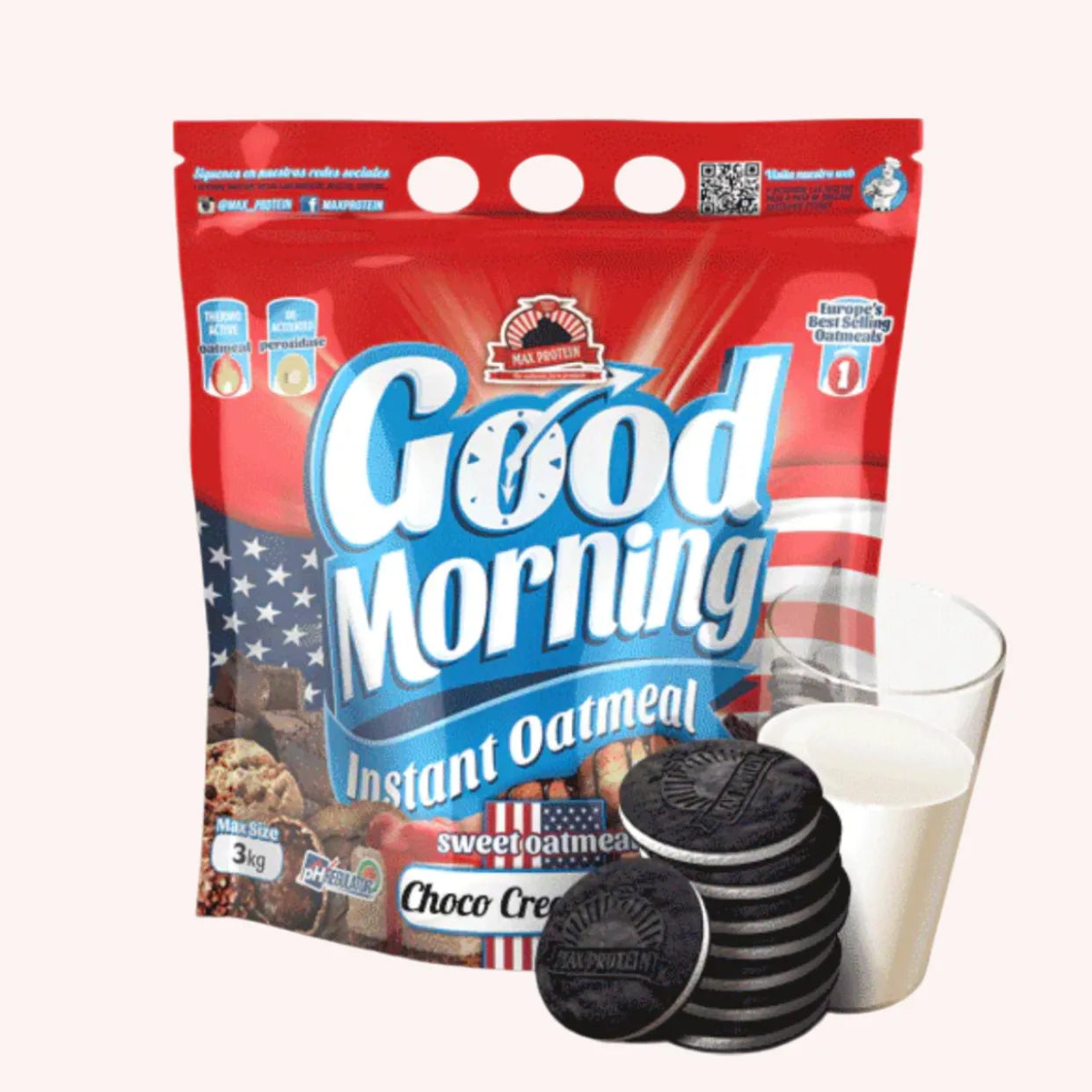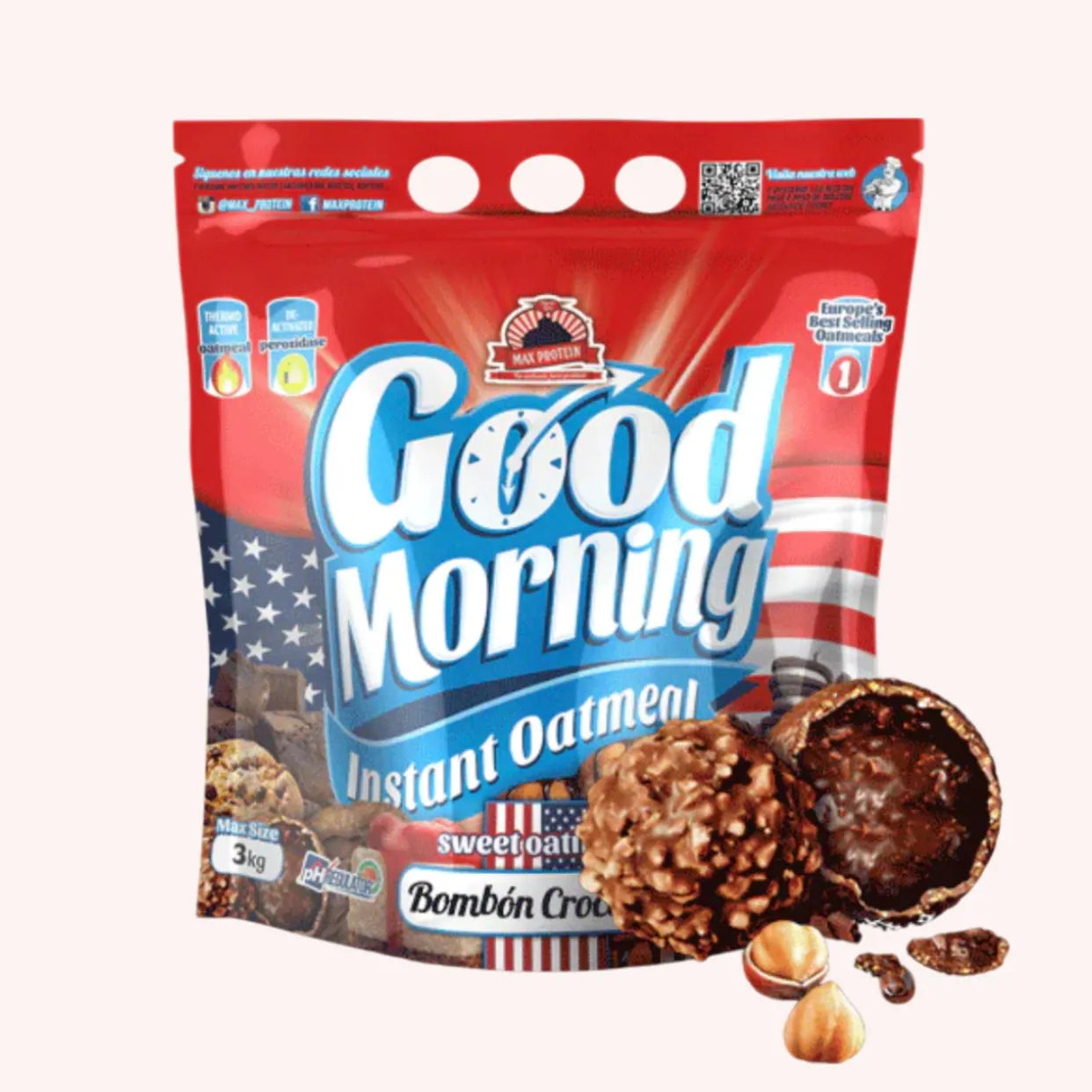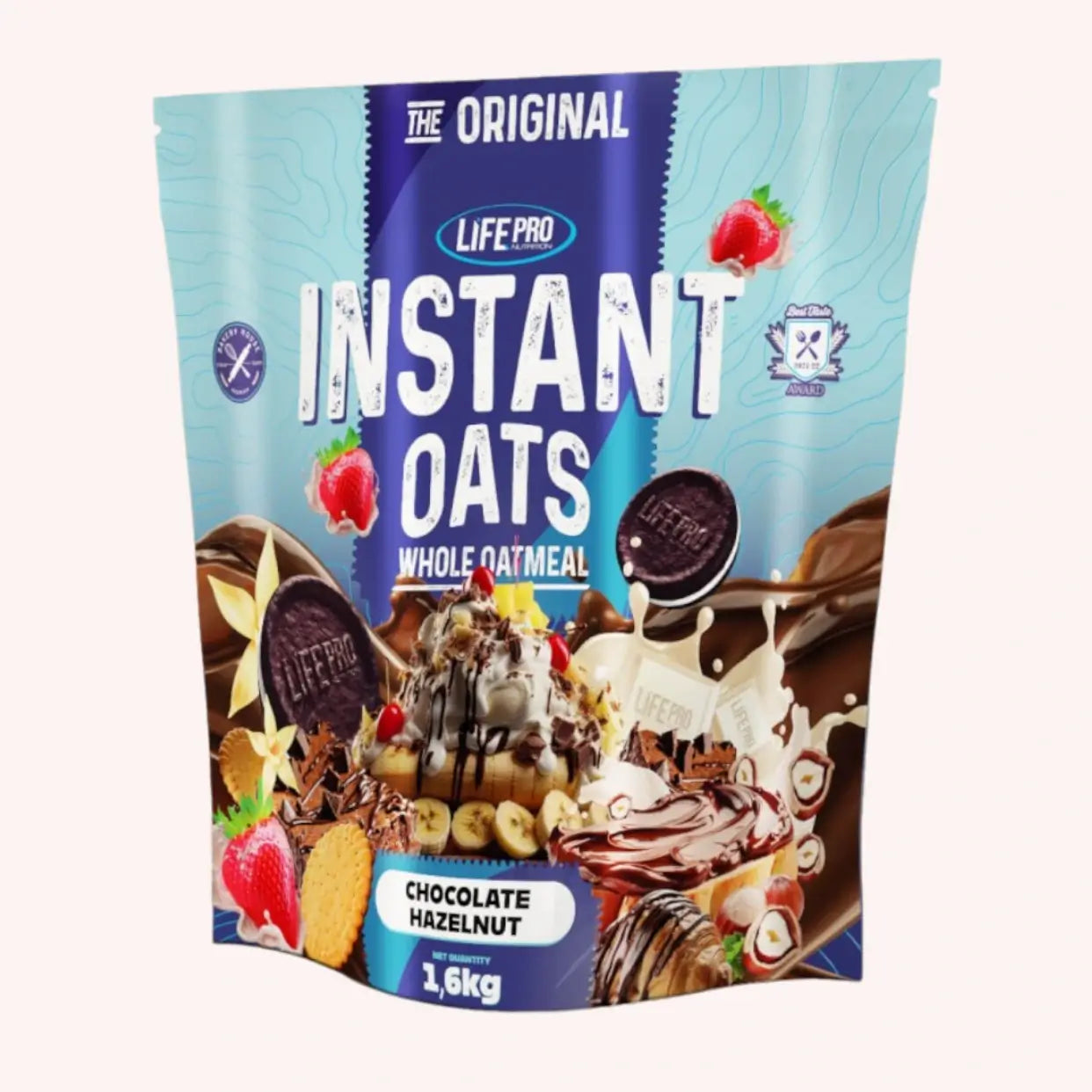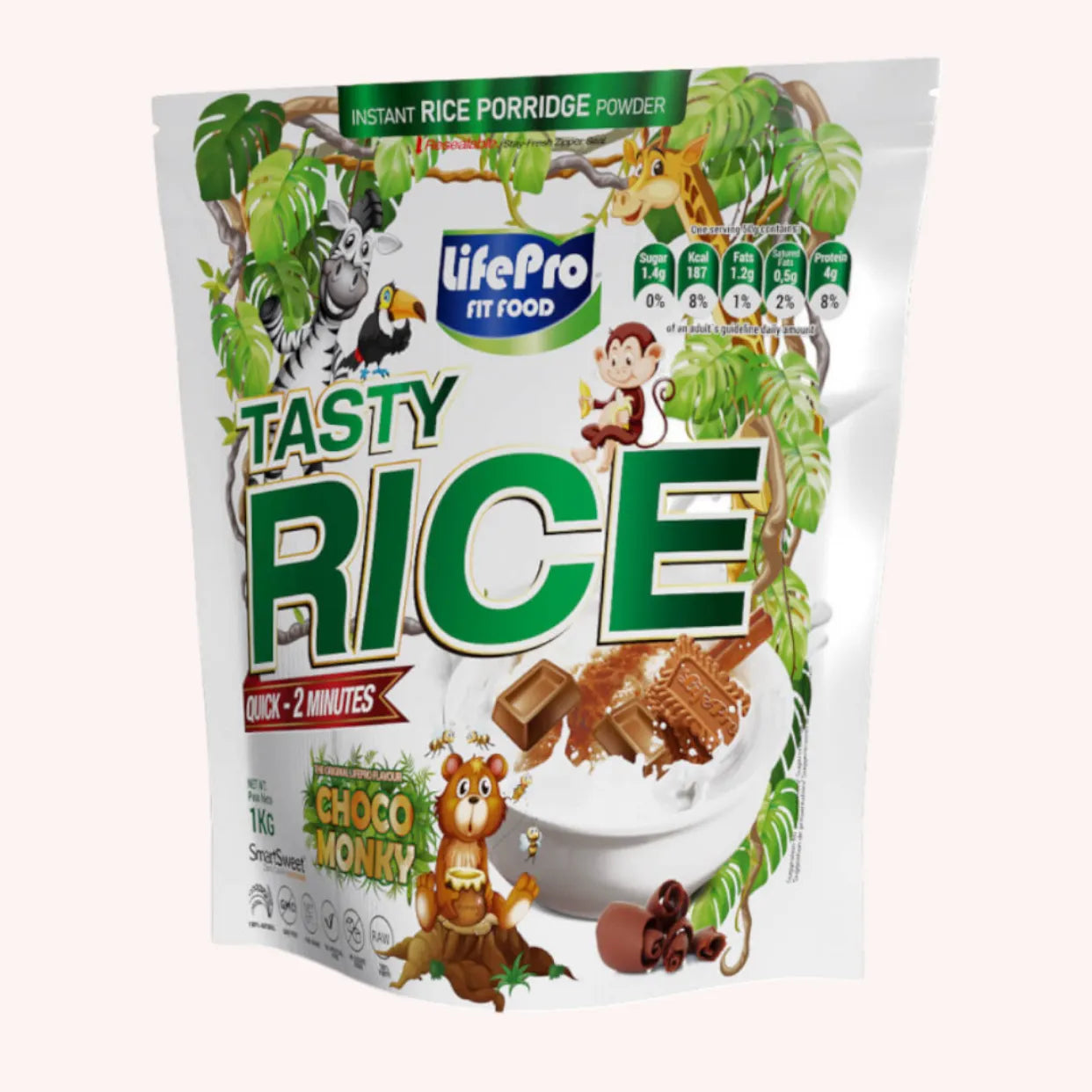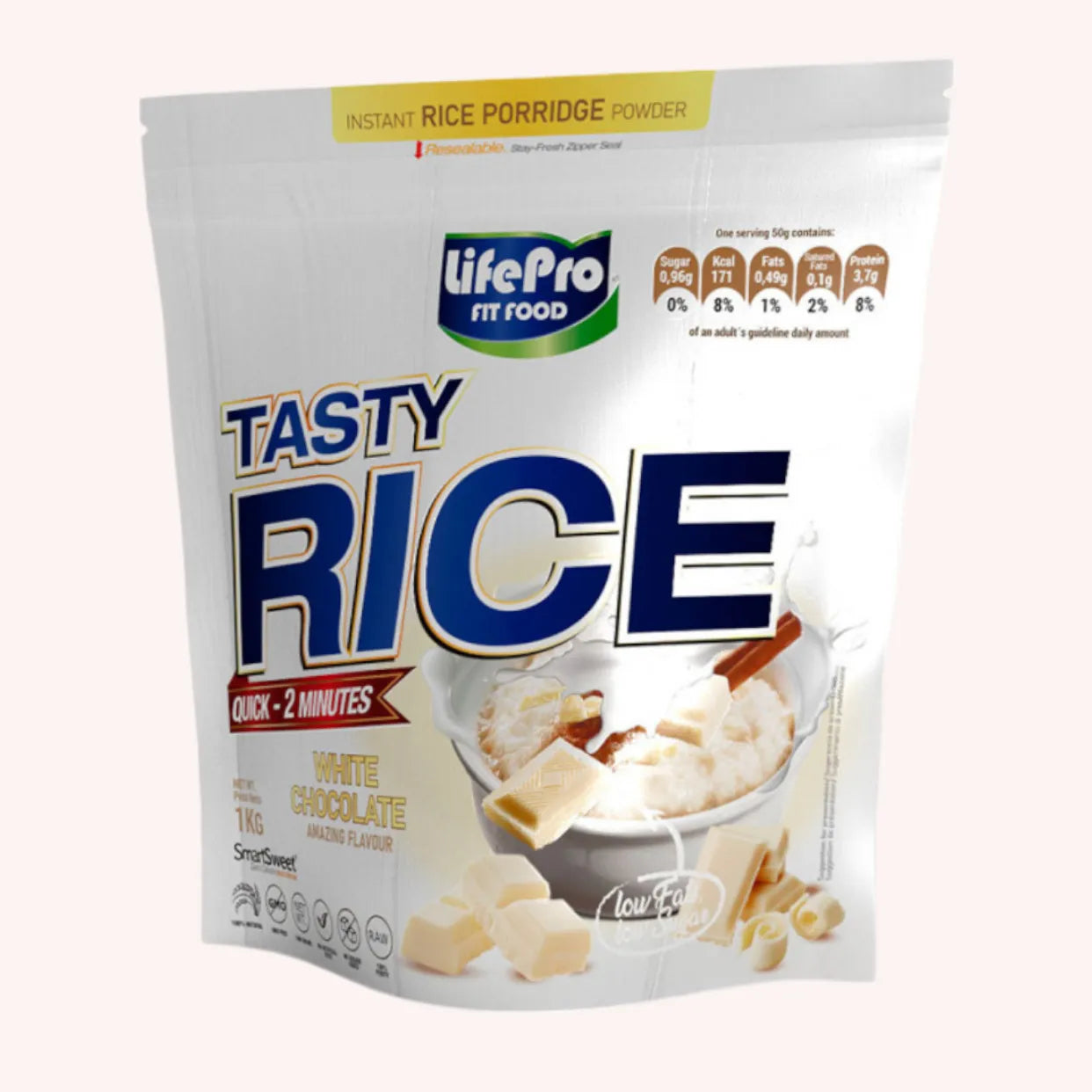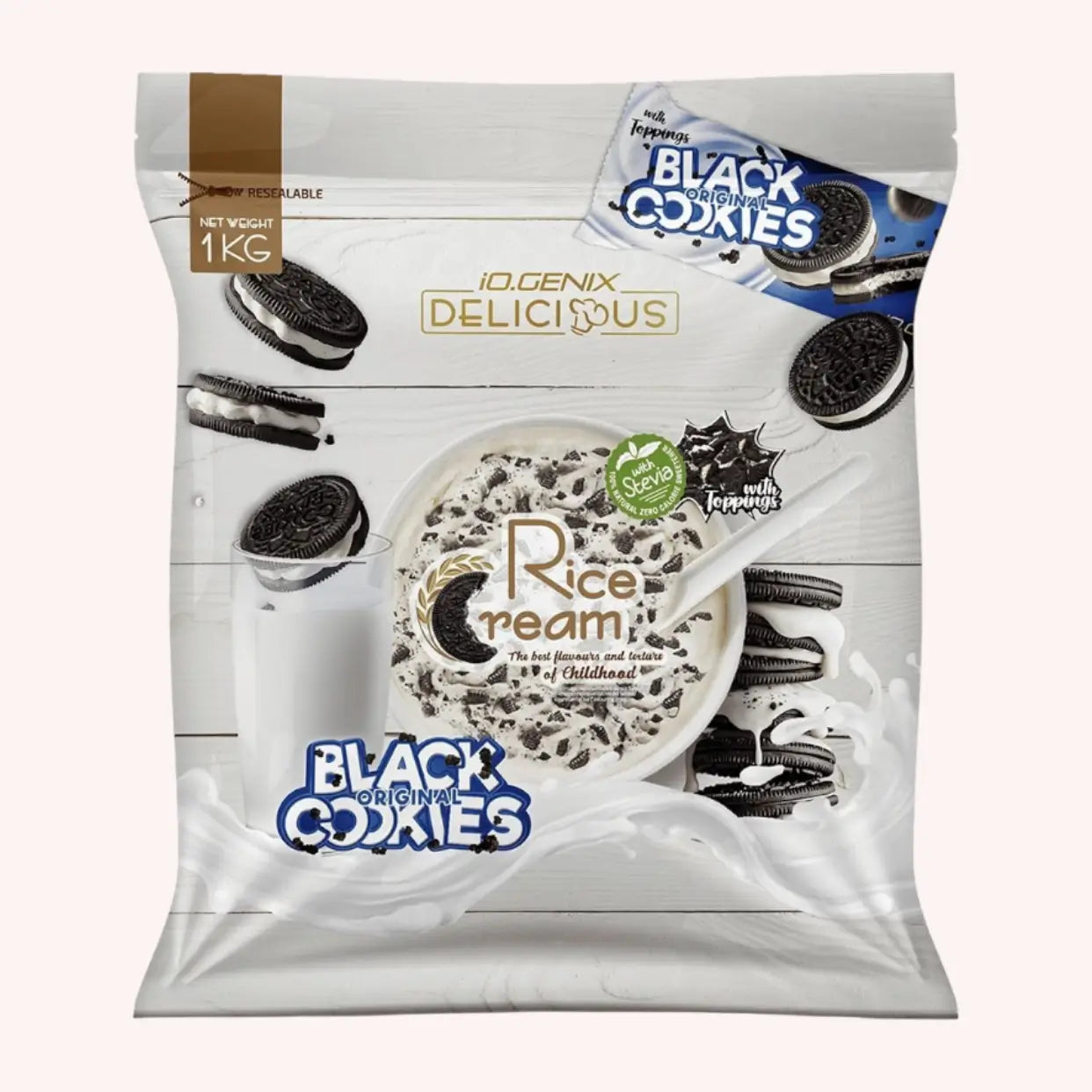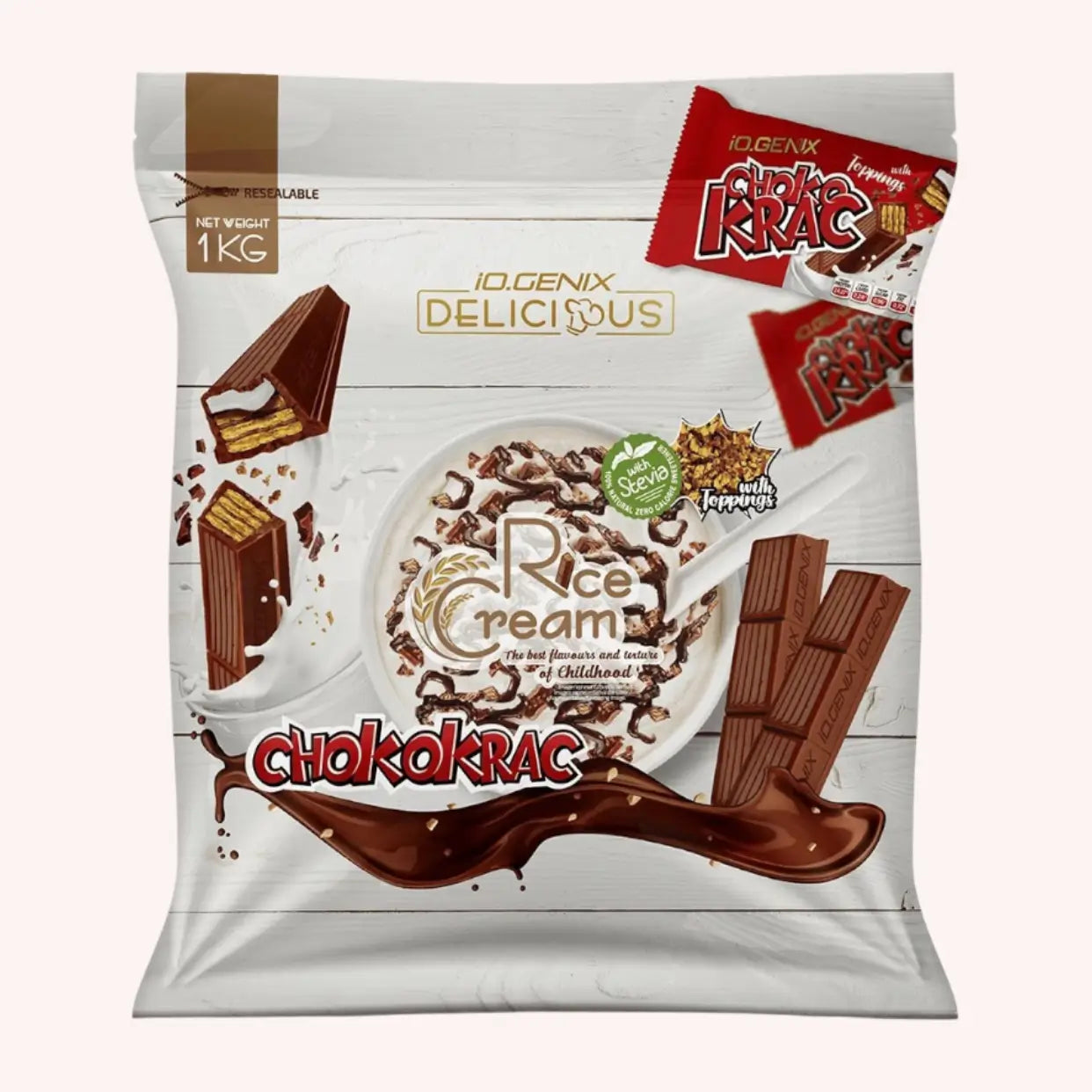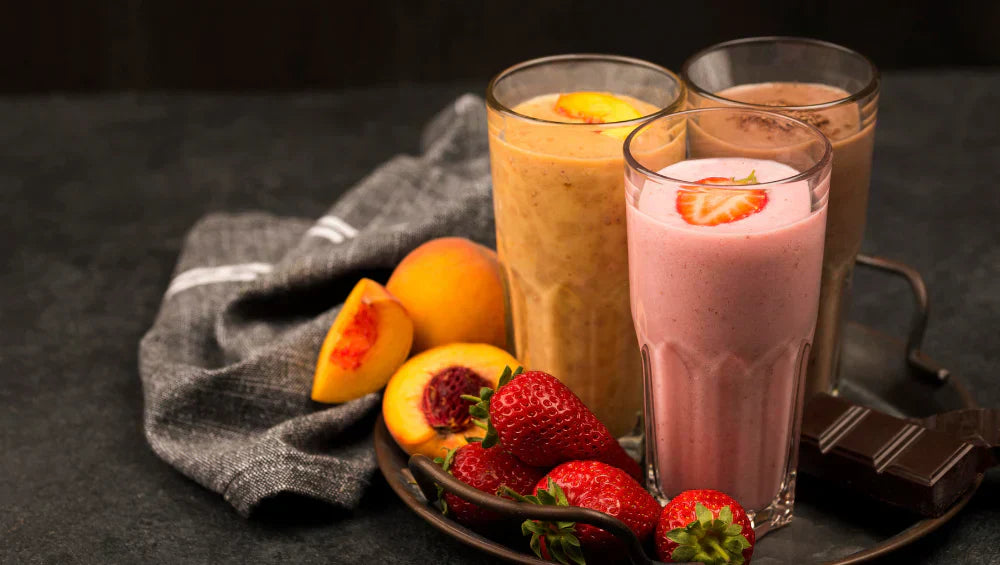When we talk about flour, we often think of classic wheat flour, used in a multitude of everyday recipes. However, the world of flour is much broader and more varied than that. For an athlete or a nutrition-conscious individual, the choice of flour can have a significant impact on performance and health. But how do you know which flour is best suited to your needs? And what are the differences between the available varieties?
This article explores the different types of flour, their nutritional properties, and the best choices based on your goals.
The importance of choosing your flour carefully
Choosing flour isn't just about taste or texture. Depending on your health, fitness, or athletic goals, flour can have a significant impact on your diet. While it's a major source of carbohydrates, each type of flour has unique characteristics that influence its nutritional benefits and role in your diet. Here are the main criteria to consider when choosing your flour:
The presence of gluten
Gluten is a protein found primarily in wheat, barley, and rye flours. It helps add texture and structure to many foods, such as bread and pastries. However, gluten can be difficult for some people to digest.
Calorie intake and energy density
The calorie density of flours varies depending on their origin and processing. Refined flours, such as white wheat flour, are often higher in calories and less nutritious than whole-grain or alternative flours.
- Refined flours (e.g., white wheat flour): These are generally low in nutrients because they have been stripped of their bran and germ, which increases their calorie content.
- Wholemeal flours (e.g. whole wheat flour): they retain the bran and germ, providing more fiber, minerals and vitamins, while having a more balanced energy density.
- Alternative flours (e.g., sweet potato flour , oat flour): These are often high in complex carbohydrates and have a more moderate calorie density, providing sustained energy.
Protein and fiber intake
Protein and fiber play an important role in appetite management, digestion, and muscle support, especially for those who engage in regular physical activity.
- Protein: Some flours, such as oat flour , are particularly high in protein, making them ideal for people looking to increase their amino acid intake and support muscle recovery.
- Fiber: Whole-grain flours, such as whole wheat or rye flour, are an excellent source of insoluble fiber , which promotes digestive health and helps regulate appetite. Oat and sweet potato flours are also rich in soluble fiber , which is beneficial for regulating cholesterol and managing blood sugar.
Texture and taste
Flour texture can influence the success of your recipes, especially in cooking, where the consistency of doughs, cakes, or breads is essential. Depending on their composition, some flours will produce a lighter, airier texture, or, conversely, a denser, firmer texture.
- Wheat flour: Ideal for light pasta, bread and pastries thanks to its gluten which provides structure.
- Oat flour: Provides a slightly denser, chewier texture, often used in cakes, cookies, pancakes, and crepes.
- Sweet potato flour: It provides a slightly sweet texture, ideal for bread, cake and pancake recipes.
Glycemic index and impact on health
The glycemic index (GI) measures how quickly a food raises blood sugar. Flour with a high GI can cause rapid spikes in blood sugar, followed by energy crashes. For athletes or those looking to lose weight, it's best to choose flours with a low GI.
- High GI flours: White wheat flour, white rice flour (these flours are quickly digested and can cause a rapid rise in blood sugar).
- Low GI flours: Oat flour, sweet potato flour (they release their carbohydrates slowly, providing long-lasting and stable energy).
Antioxidants and vitamins
Some flours offer antioxidant benefits due to the presence of vitamins and minerals .
- Oat flour: Source of antioxidants, vitamin E and beta-glucans, which have shown health benefits (2).
- Sweet Potato Flour: Rich in vitamin A and antioxidants (3), beneficial for the immune system and skin health.
The different types of flour and their benefits
Choosing the right flour for your fitness, nutrition, or health goals can make all the difference. Each type of flour has unique nutritional characteristics that can support your energy and recovery needs, and even improve your digestive health. Here's a look at the most popular flours and their specific benefits:
| Type of flour | Features | Benefits |
| Wheat flour |
|
|
| Oatmeal |
|
|
| Rice flour |
|
|
| Sweet potato flour |
|
|
Depending on your nutritional goals, these flours offer unique benefits and can be strategically incorporated into your diet to improve performance, promote good digestion, and maintain stable energy.
Conclusion: What type of flour should you choose?
Choosing the right flour type depends on your health goals and dietary preferences. Conventional flours like wheat can be excellent for everyday recipes, while alternative flours, such as oat flour , rice flour , or sweet potato flour , may be more suitable for your specific needs (bodybuilding, gluten-free diet, weight management, etc.).
Ultimately, choosing the right flour can help you improve your athletic performance, maintain a healthy nutritional balance, and meet your specific dietary needs.
Sources:
- Shewry, P. (2019). “What Is Gluten-Why Is It Special?” Frontiers in Nutrition. DOI: https://www.frontiersin.org/journals/nutrition/articles/10.3389/fnut.2019.00101/full
- Paudel, D., Dhungana, B., Caffe, M., & Krishnan, P. (2020). “A Review of Health-Beneficial Properties of Oats.” Foods, 10(11), 2591. DOI: https://www.mdpi.com/2304-8158/10/11/2591
- Alam, MK, et al. (2021). "A comprehensive review of sweet potato (Ipomoea batatas [L.] Lam): Revisiting the associated health benefits." DOI: https://www.sciencedirect.com/science/article/abs/pii/S0924224421004398

